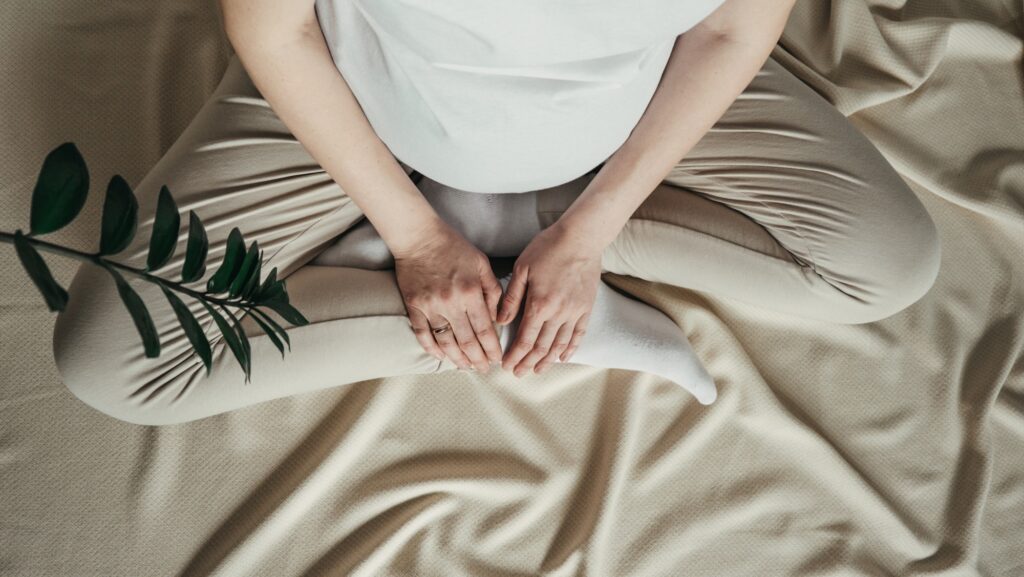Are you tired of dealing with embarrassing leaks and constant trips to the bathroom? Look no further! In this article, we’ll provide you with practical tips to help you manage bladder control and live leak-free.
From understanding bladder control to making lifestyle changes and incorporating exercises, we’ve got you covered. Say goodbye to those dreaded leaks and regain control of your bladder with these easy-to-follow tips.

Understanding Bladder Control
Understanding bladder control can help you manage and prevent leaks. Bladder control refers to the ability to hold and release urine at the appropriate times.
It is important to know that the bladder is a muscle that stores urine until you are ready to empty it. When you have control over your bladder, you can avoid embarrassing situations and improve your quality of life.
Various factors can affect bladder control, such as age, certain medical conditions, and lifestyle choices. By understanding how your bladder works and what factors can affect it, you can take proactive steps to maintain good bladder control.
This may include practicing pelvic floor exercises, making dietary changes, and staying hydrated. Remember, knowledge is power when it comes to managing and preventing leaks.
Lifestyle Changes for Bladder Control
Making lifestyle changes can greatly improve your ability to maintain bladder control. By adopting these changes, you can take control of your bladder and prevent leaks.
First, try to drink plenty of water throughout the day. Although it may seem counterintuitive, staying hydrated actually helps to reduce the frequency of bathroom trips.
Next, be mindful of what you eat and drink. Limit your intake of bladder irritants such as caffeine, alcohol, and spicy foods. Additionally, maintaining a healthy weight can reduce pressure on your bladder and decrease the likelihood of leaks.
Regular exercise, such as walking or swimming, can also strengthen your pelvic floor muscles and improve bladder control.
Finally, don’t forget to practice good toilet habits, such as emptying your bladder when you first feel the urge and taking your time to fully empty it, without forcing it.
Exercises to Strengthen the Pelvic Floor
Exercises like Kegels can strengthen the pelvic floor muscles, improving bladder control. Kegels target the muscles that support the bladder, uterus, and rectum, helping to prevent leakage and improve overall bladder control.
To perform Kegels properly is very important. Take a moment to read my article “Kegels done right” for more guidance.
Another effective exercise for pelvic floor strengthening is the bridge pose. Lie on your back with your knees bent and feet flat on the floor. Slowly lift your hips off the ground, engaging your pelvic floor muscles as you do so. Hold for a few seconds, then lower back down.
Remember to breathe and make these exercises a regular part of your routine for optimal results.

Dietary Tips for Bladder Control
To improve bladder control, it’s important to incorporate dietary changes into your routine. Start by reducing your intake of bladder irritants like caffeine, alcohol, and spicy foods. These can irritate the bladder and worsen urinary incontinence symptoms.
Instead, opt for bladder-friendly foods like fruits, vegetables, whole grains, and lean proteins. These foods are rich in fiber, vitamins, and minerals, which can help maintain a healthy bladder.
It’s also crucial to stay hydrated, but try to spread out your fluid intake throughout the day to avoid overfilling your bladder. Additionally, limit your consumption of artificial sweeteners, as they can irritate the bladder.
Managing Bladder Control at Night
Try incorporating these strategies into your nightly routine to improve your bladder control and reduce nighttime trips to the bathroom.
First, make sure to limit your fluid intake before bedtime. Avoid drinking large amounts of liquids, especially caffeine and alcohol, as they can irritate your bladder and increase urine production.
Additionally, establish a regular sleep schedule and try to go to bed and wake up at the same time every day. This can help regulate your body’s natural rhythms and reduce the need for nighttime bathroom visits.
Furthermore, practice pelvic floor exercises, such as Kegels, to strengthen the muscles that control bladder function.
Lastly, create a relaxing environment in your bedroom, including a comfortable mattress and blackout curtains, to promote better sleep and reduce the chances of waking up due to the need to use the bathroom.
Frequently Asked Questions
How Common Is Bladder Control Problems in Men and Women?
Bladder control problems are common in both men and women. It’s important to know that you’re not alone.
Many people experience this issue and there are practical tips available to help you manage it.
Can Certain Medications Contribute to Bladder Control Issues?
Certain medications can contribute to bladder control issues. It’s important to be aware of the potential side effects of your medications. Discuss any concerns with your healthcare provider.
Are There Any Alternative Treatments for Bladder Control Problems?
There are alternative treatments available for bladder control problems. These can include behavioral therapies, pelvic floor exercises, and medications. Consulting with a healthcare professional can help determine the best treatment for you.
Can Stress and Anxiety Affect Bladder Control?
Yes, stress and anxiety can affect bladder control.
When you’re stressed or anxious, your body releases hormones that can increase the frequency and urgency of urination, making it harder to control your bladder.
Is There a Specific Age Group More Prone to Bladder Control Issues?
As you age, your bladder muscles weaken, making you more prone to bladder control issues.
However, it’s important to note that bladder control problems can affect people of all ages.
Conclusion
In conclusion, you can take control of your bladder by making simple lifestyle changes and implementing practical tips.
Remember to stay hydrated, but limit your intake of bladder irritants such as caffeine and alcohol.
Practice pelvic floor exercises regularly to strengthen your muscles.
And don’t forget to manage your bladder control at night by following a bedtime routine and using protection if needed.
With these tips, you can live leak-free and enjoy a confident, active life.








